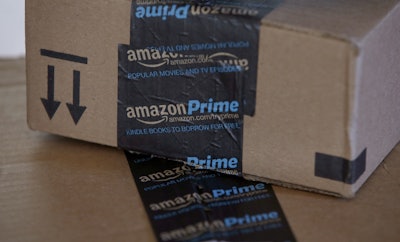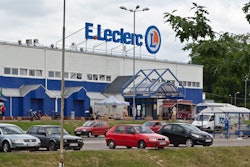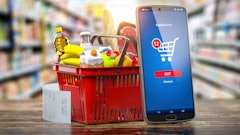
Months after making the move into air cargo and ocean freight forwarding, Amazon grabbed headlines again in June with its announcement to buy Whole Foods Market, which immediately generated fervent speculation on how the development would impact the retail grocery sector, consumers and food logistics providers.
A few things caught my attention. One is Amazon’s insatiable appetite to acquire data. In an article from The Wall Street Journal, a former Amazon executive said the two companies’ combination of online and in-store knowledge will provide powerful insight into what goods to carry in each store. Others say that Amazon is likely to create a team to examine Whole Foods’ strategy, cost structures and business practices.
At the same time, consumers’ purchasing habits online are quite different than in-store, noted a retail technology provider. Online shoppers are more targeted, while those in a store are more apt to browse and make impulse purchases. Amazon’s brick-and-mortar bookstores (there are eight now and another five on the way) are already collecting data on how consumers shop in a store.
According to the article, Amazon is expected to use some of the data to introduce changes at Whole Foods related to price and selection—two variables that can vary widely from one region to the next. The data also will help Amazon make decisions around private label goods—which ones to expand and new ones to launch.
Whole Foods’ 365 Everyday Value brand accounted for 15 percent of the grocery retailer’s sales last year. The 365 brand could get top positioning on Amazon’s website and also lessen Amazon’s reliance on brands from makers such as Kraft Heinz and Pepsi Co. Consumers are more comfortable buying private label brands today. They generally trust the quality, and the lower pricing also is attractive. Costco’s Kirkland and Target’s Archer Farms are two examples of private label brands that are experiencing growth.
It’s also worth noting that 62 percent of Whole Foods’ shoppers are also members of Amazon Prime, which presents a great opportunity for cross selling.
Finally, allowing in-store shoppers to use Amazon Pay, which is similar to PayPal, would provide even richer data on consumer spending habits.
Amazon’s strategy to imbed itself in every aspect of the supply chain, looking for inefficiencies to exploit and data to mine, shows no sign of slowing down. The question is, what’s next for the Great Disruptor?

















